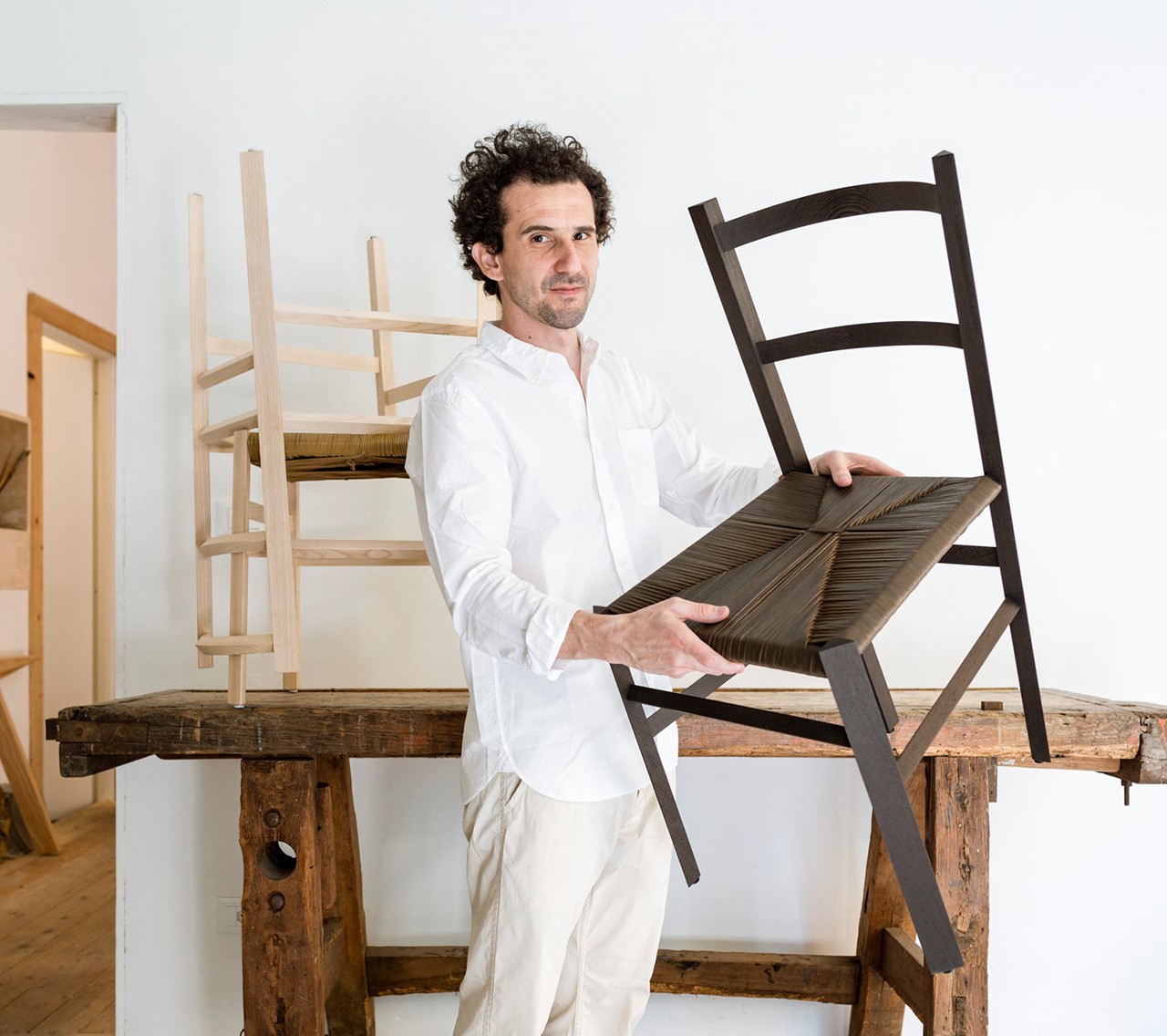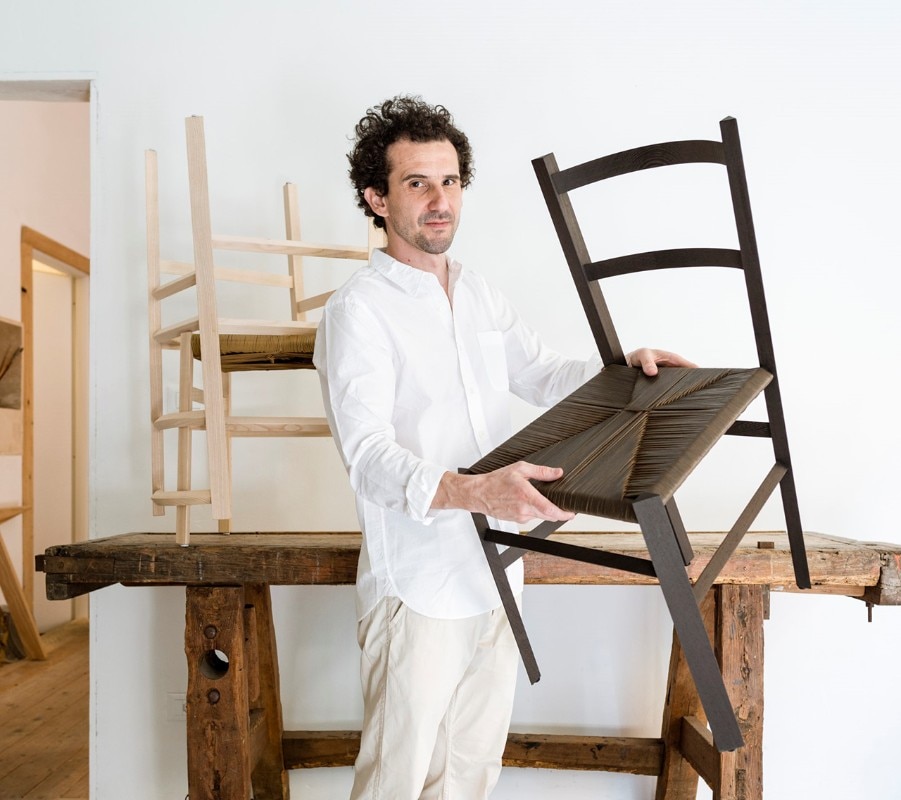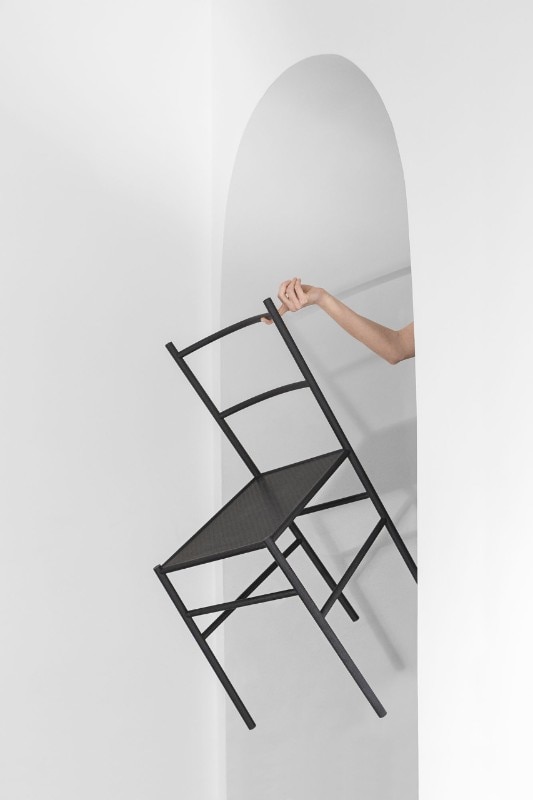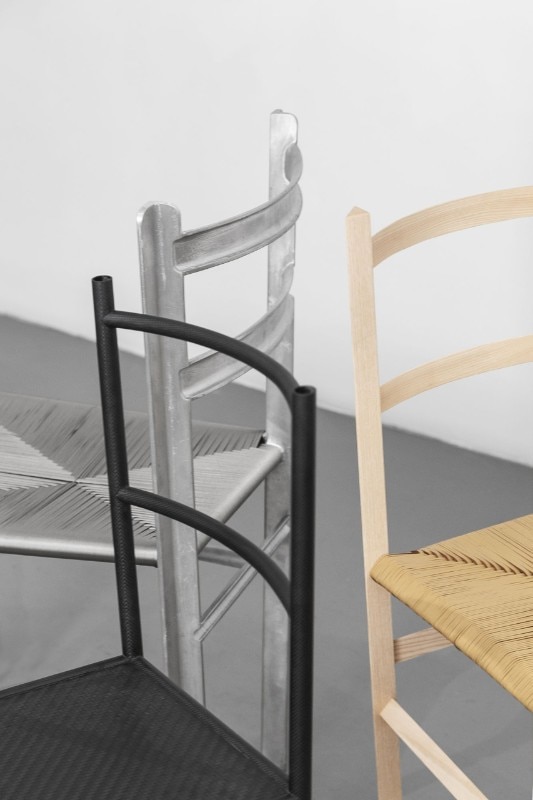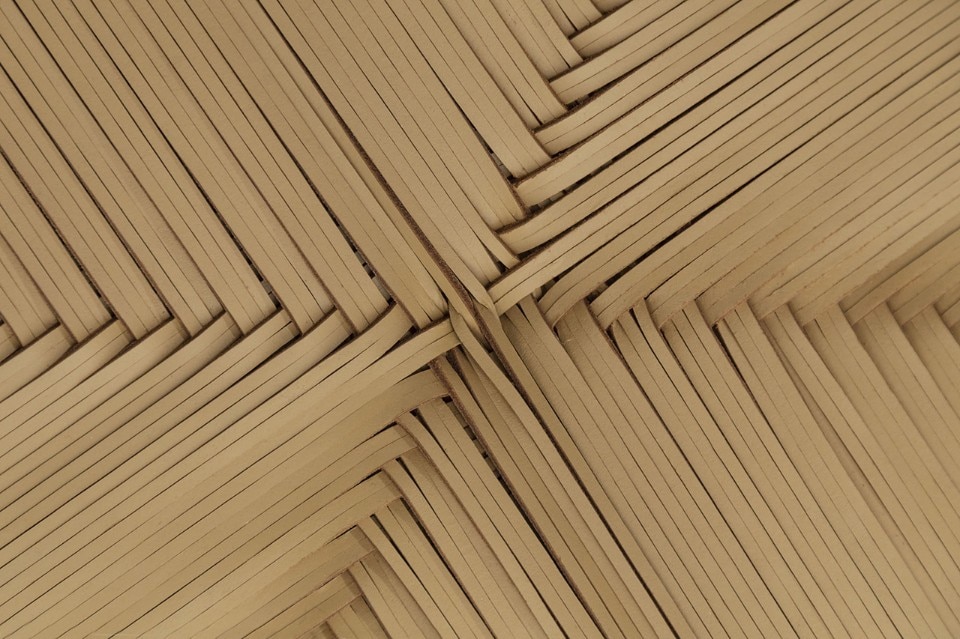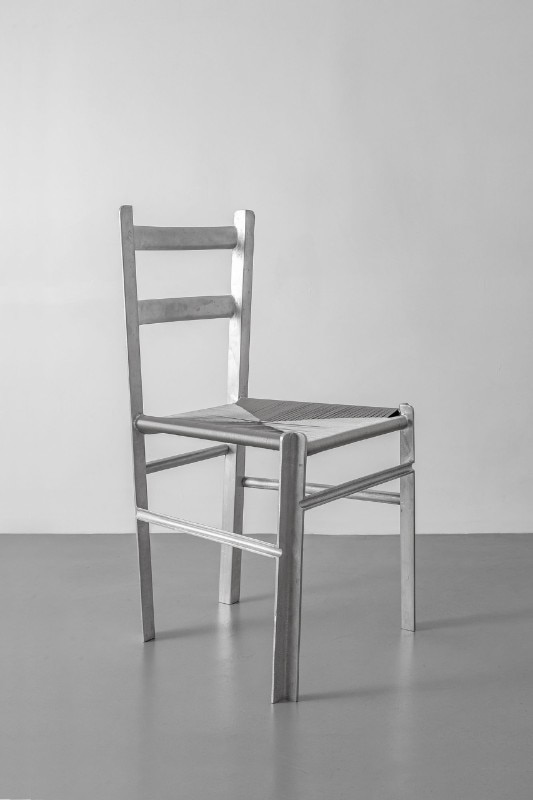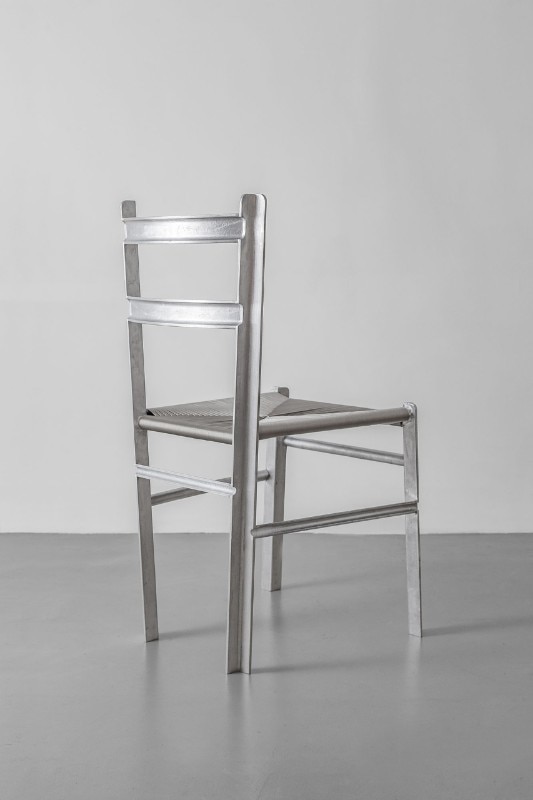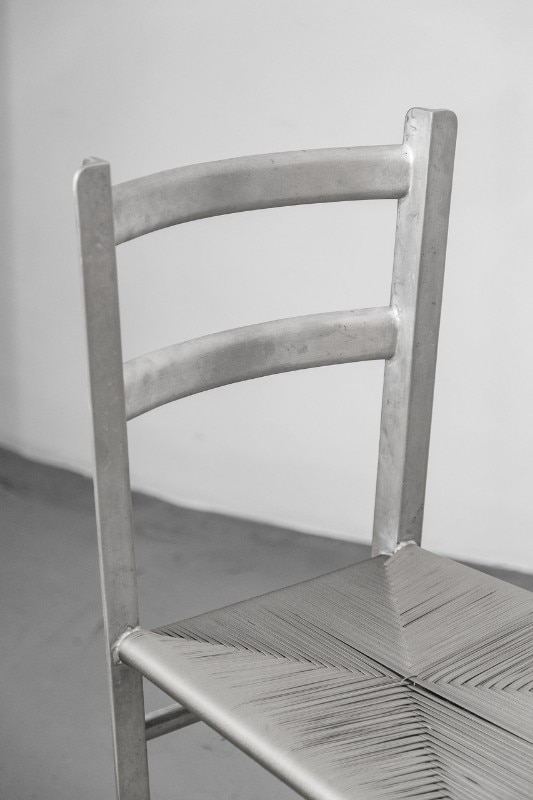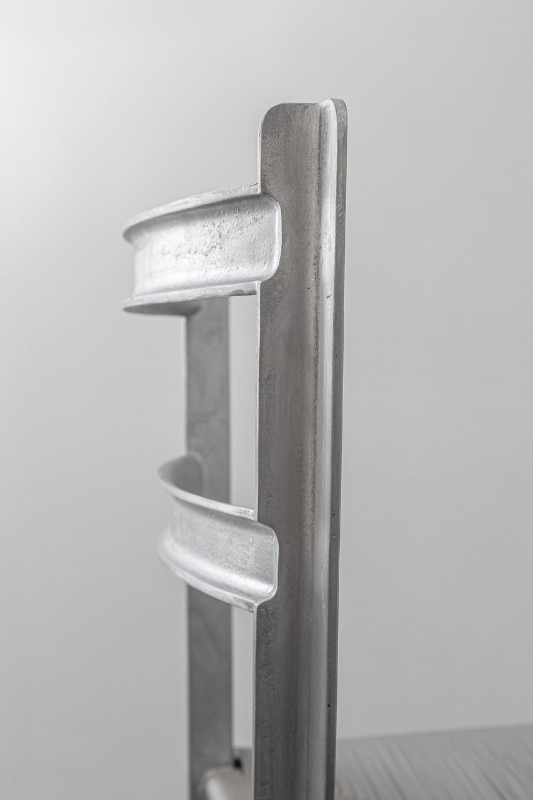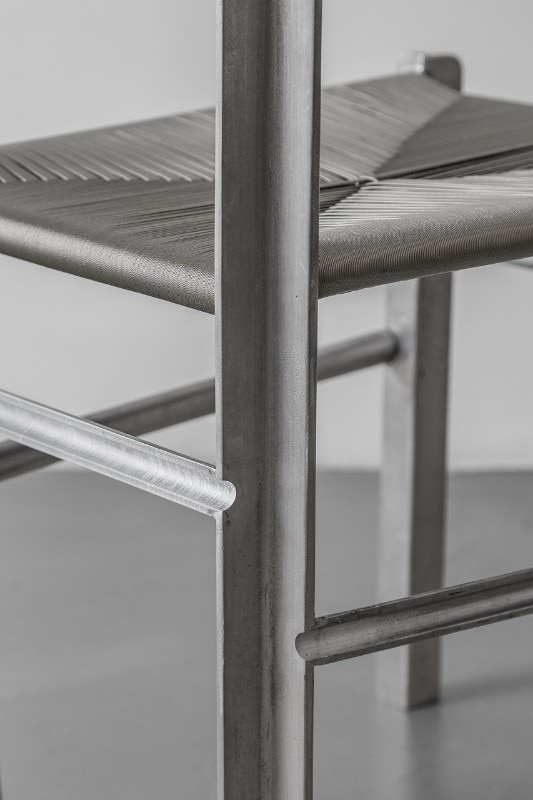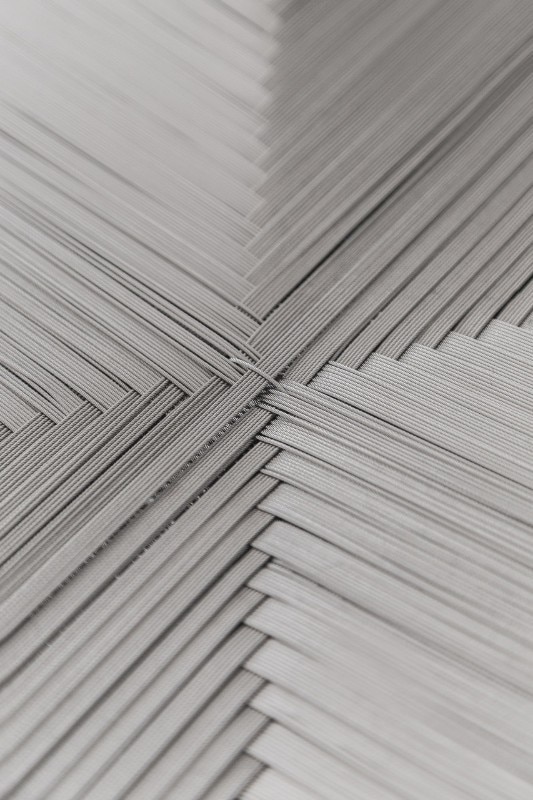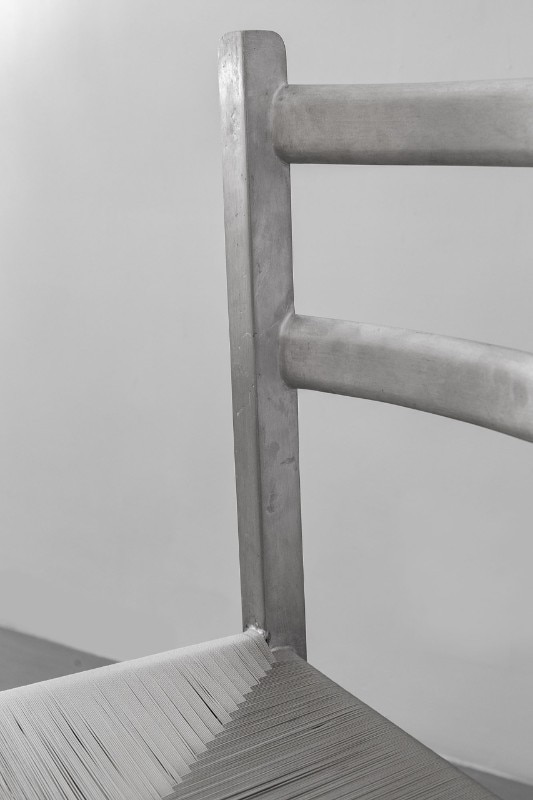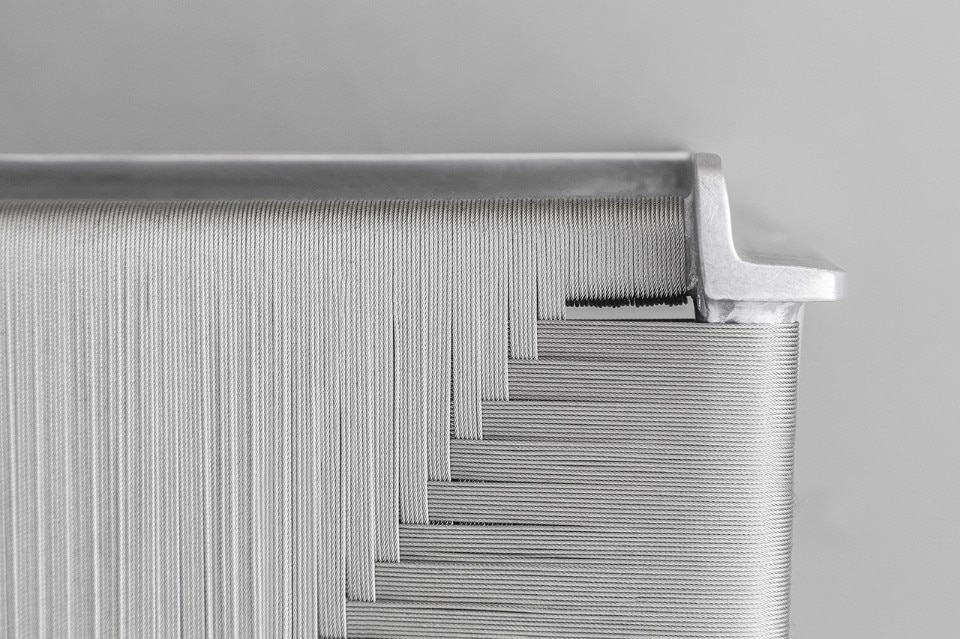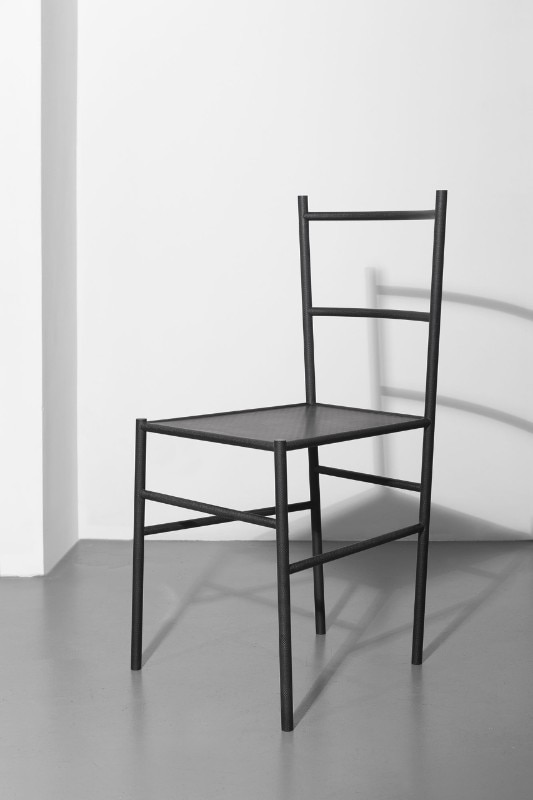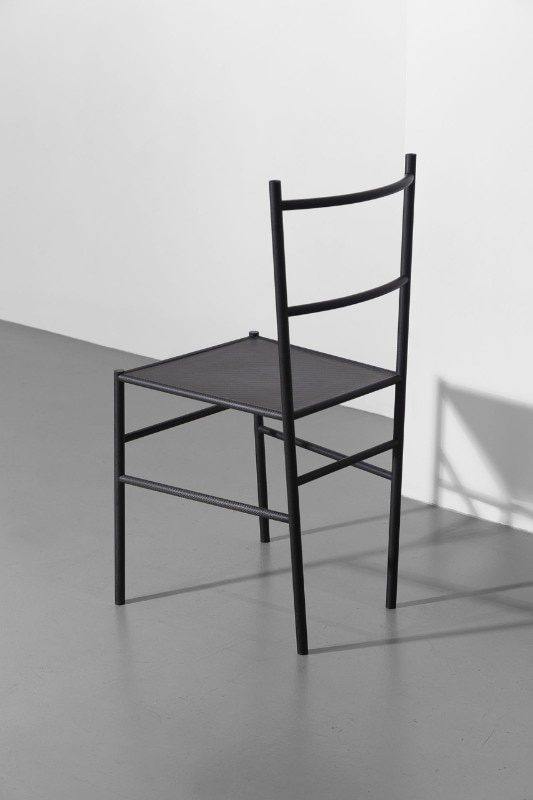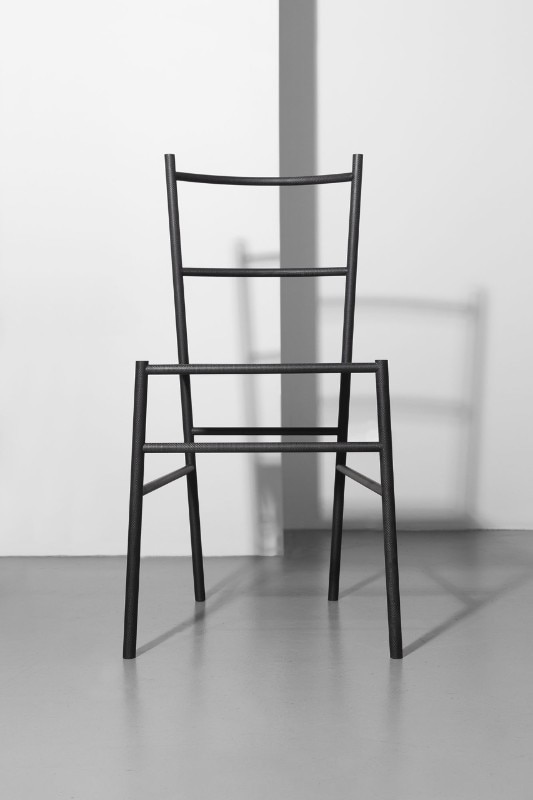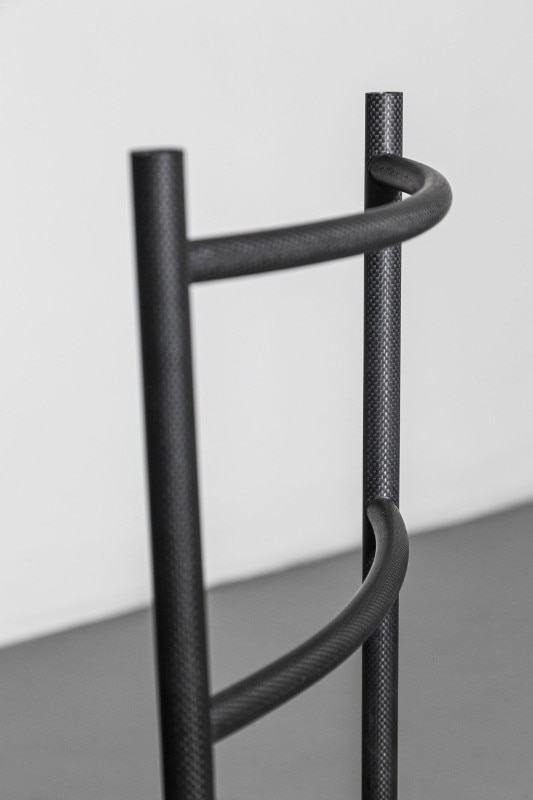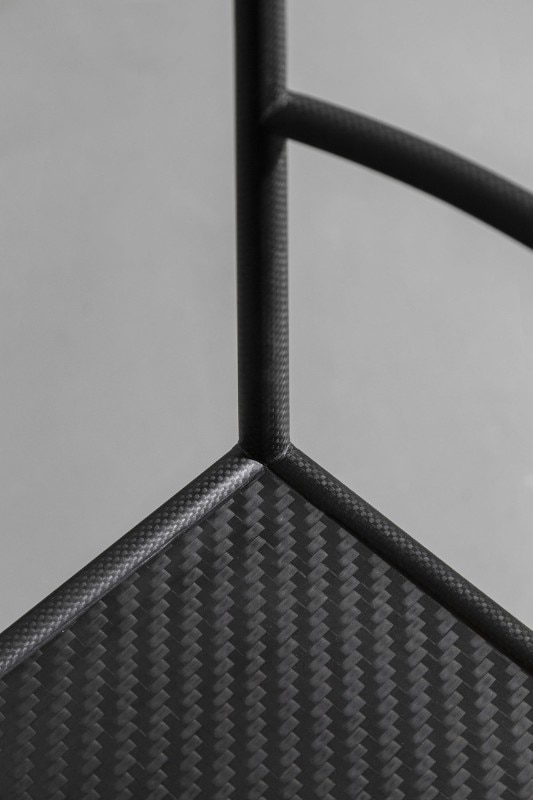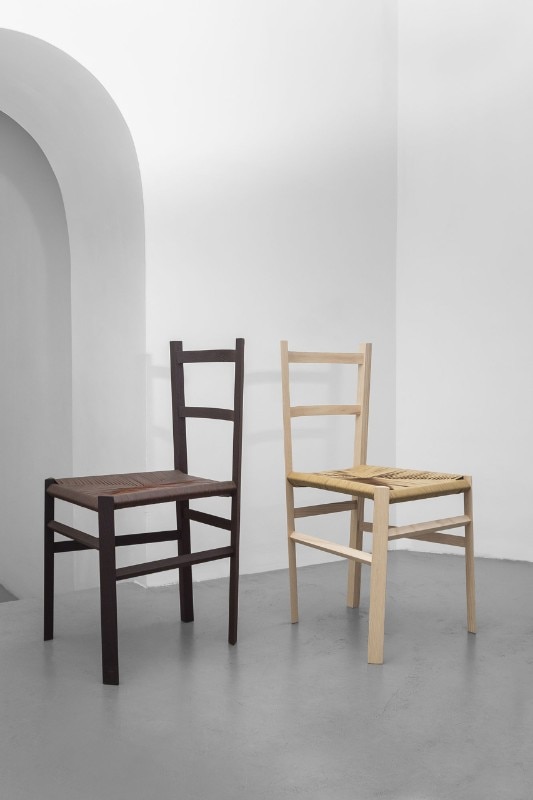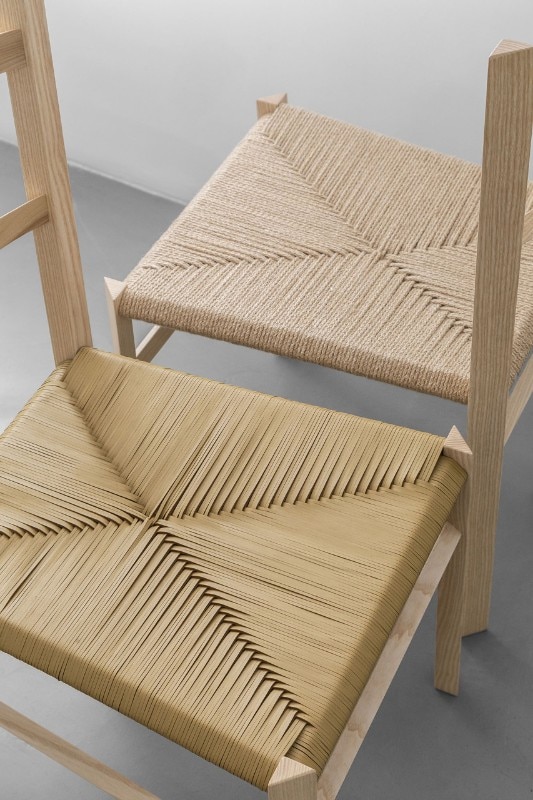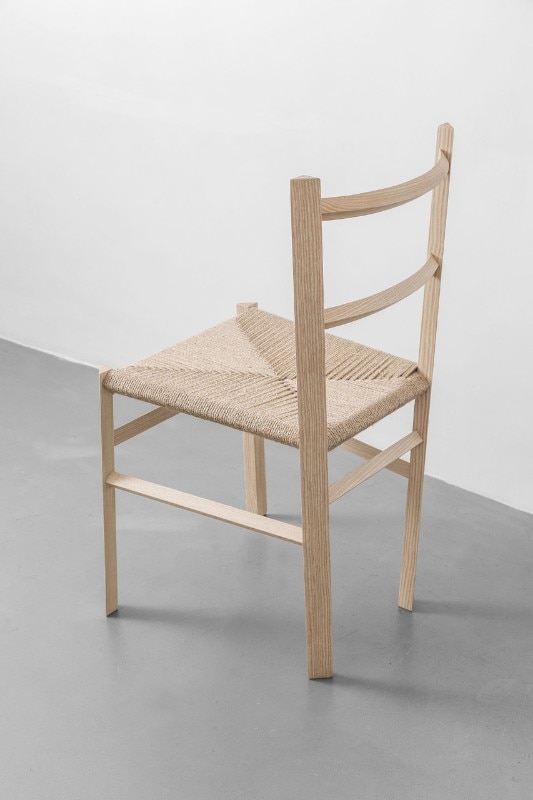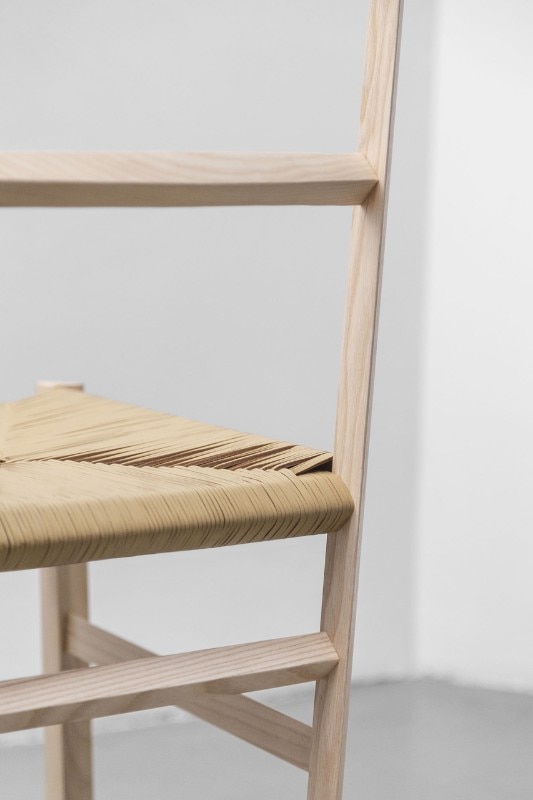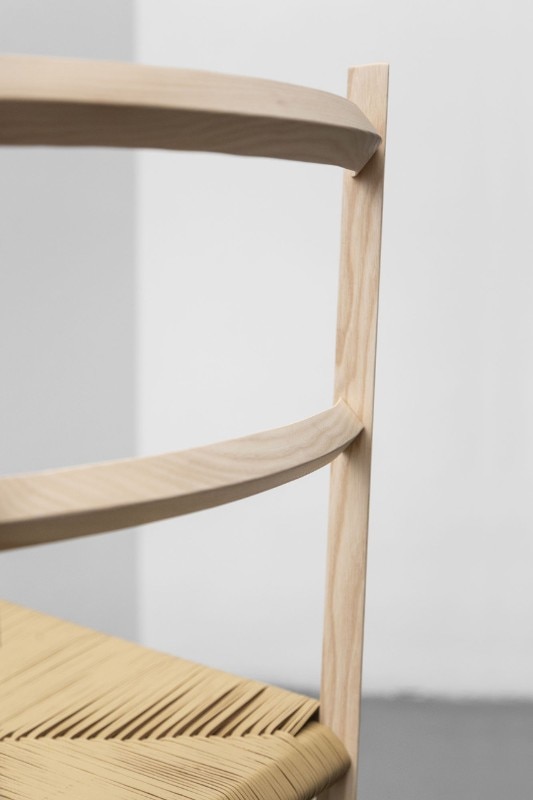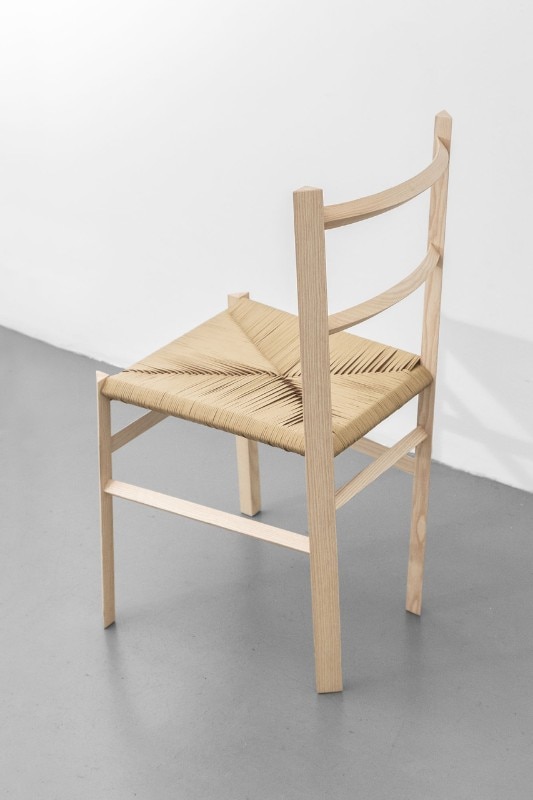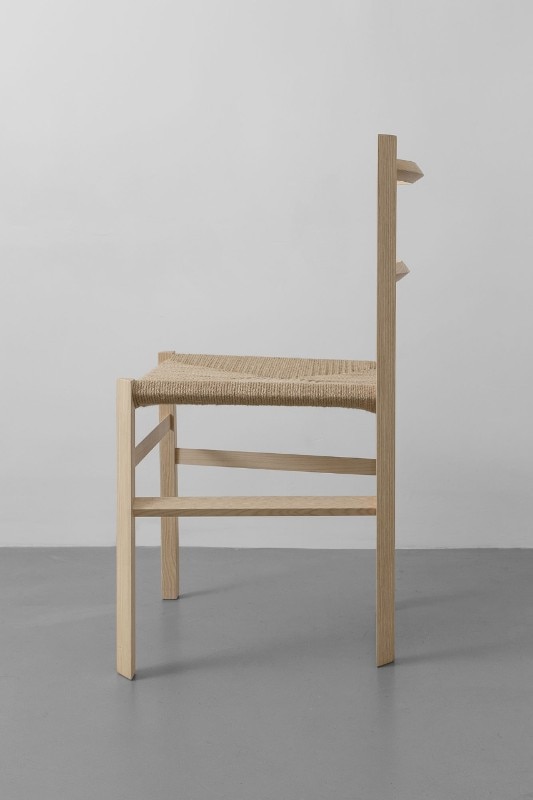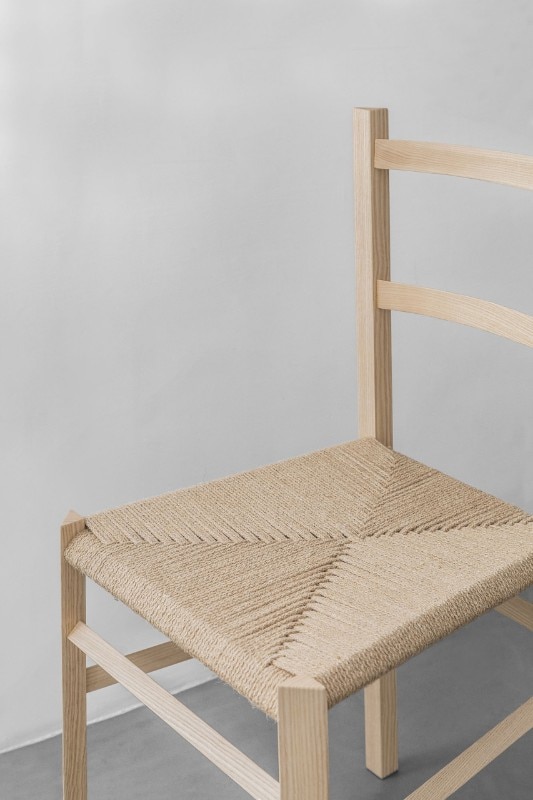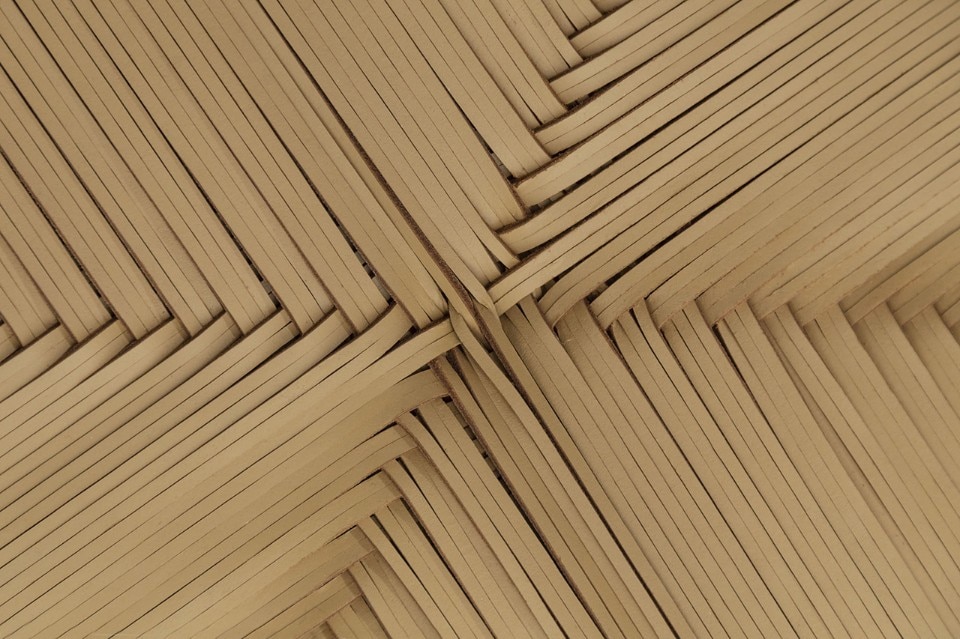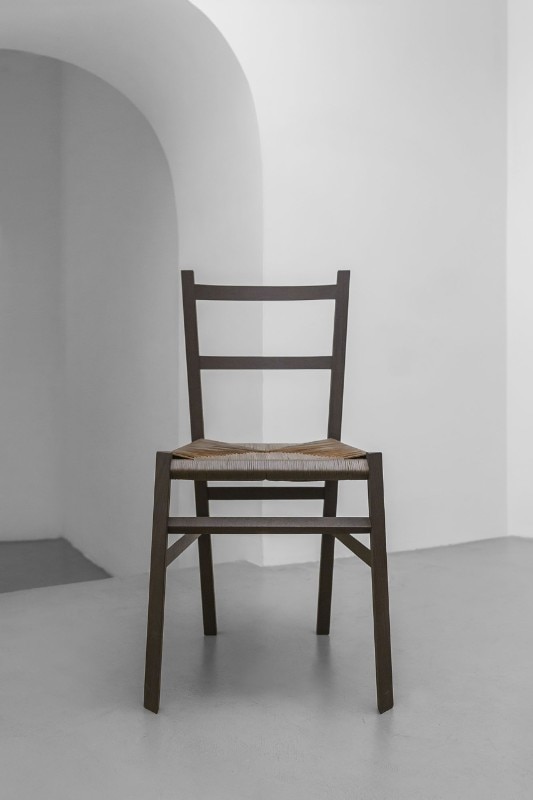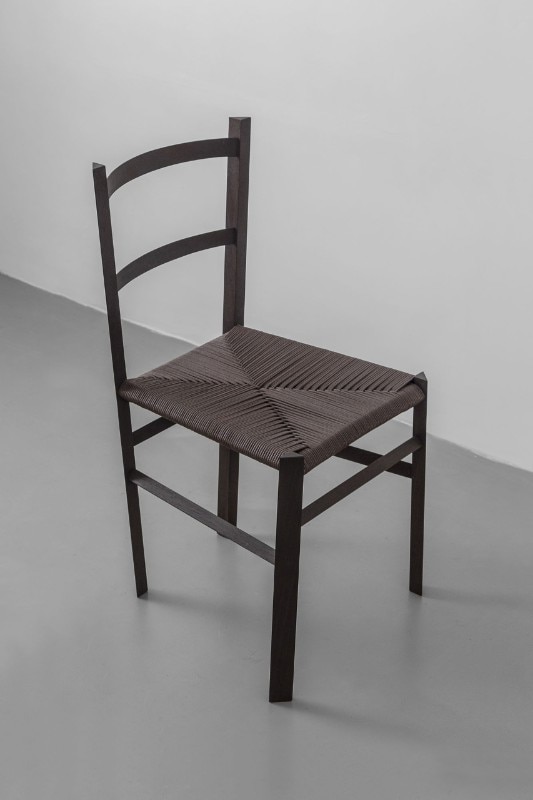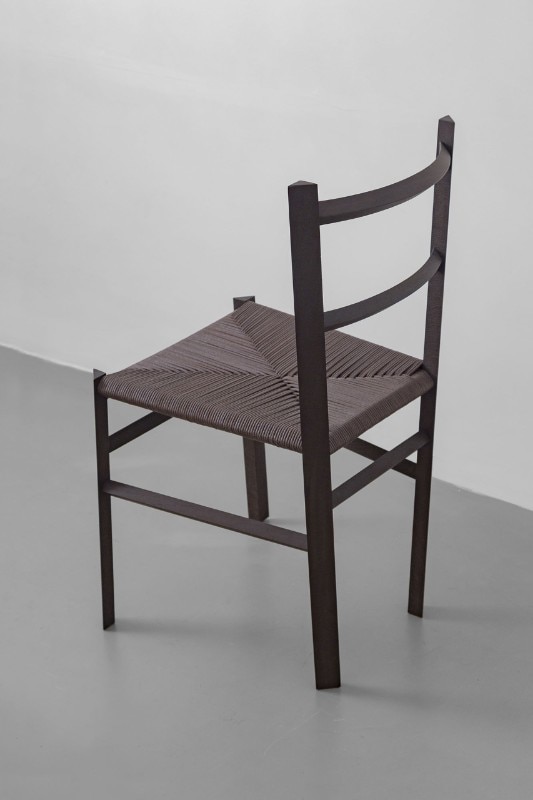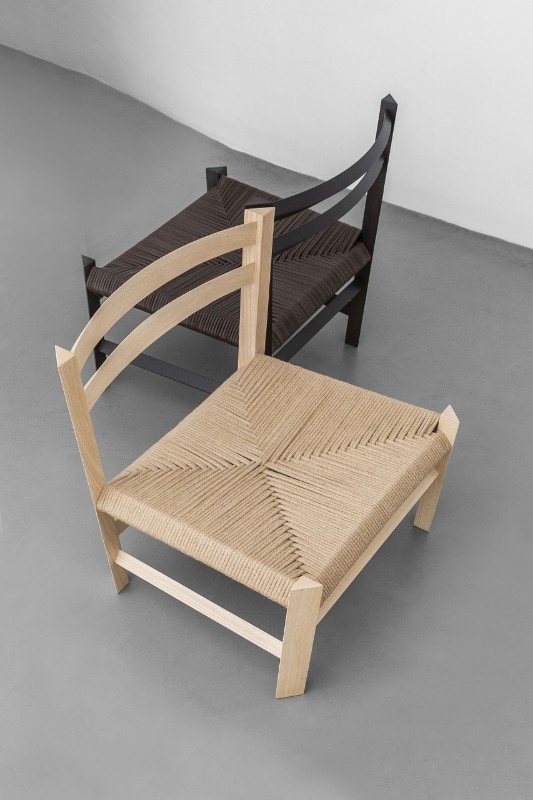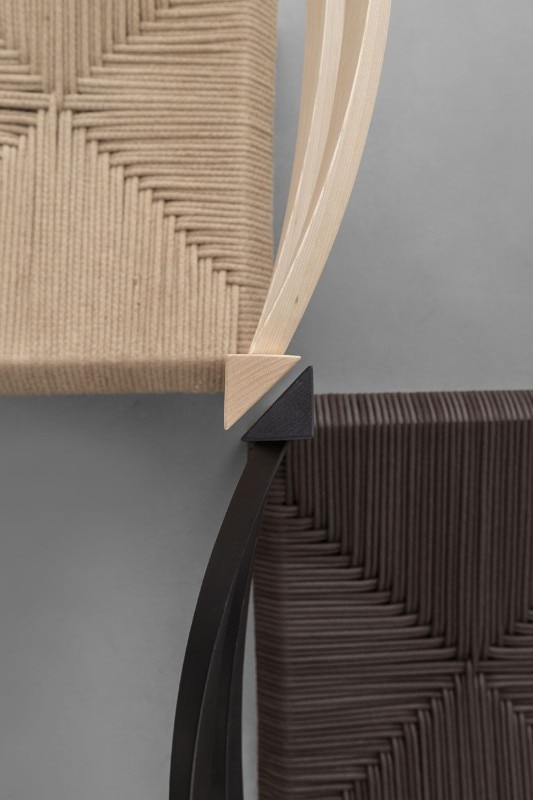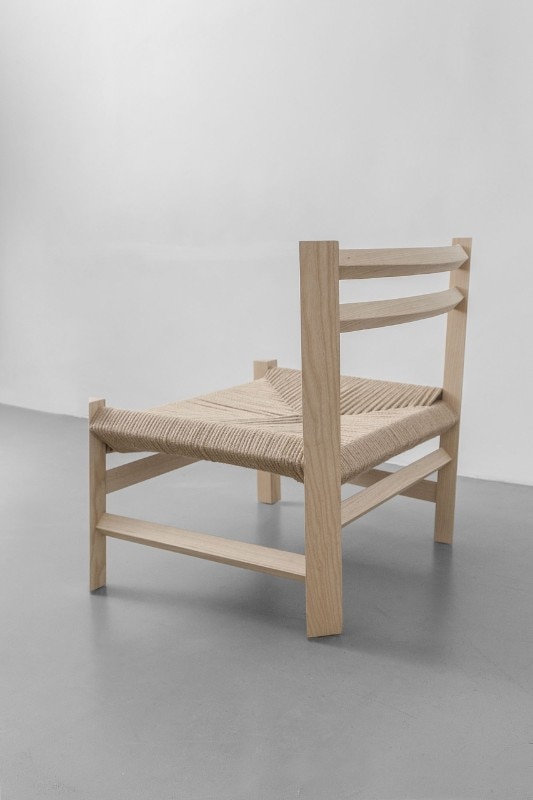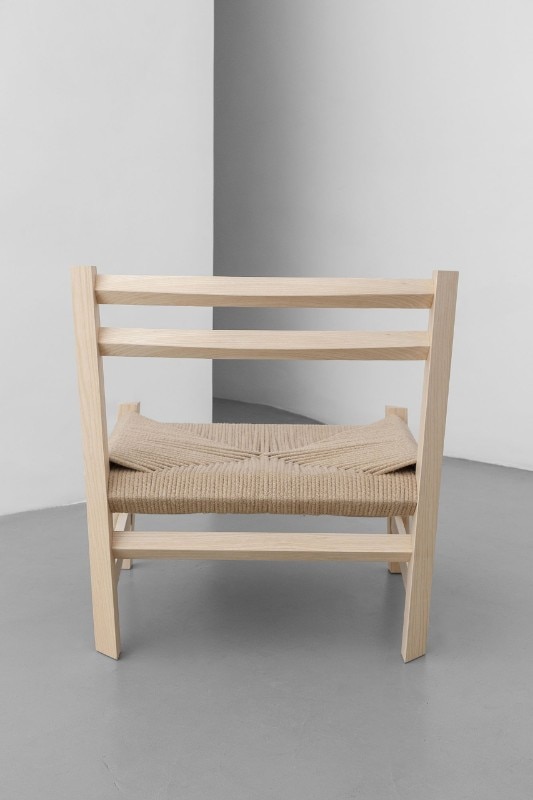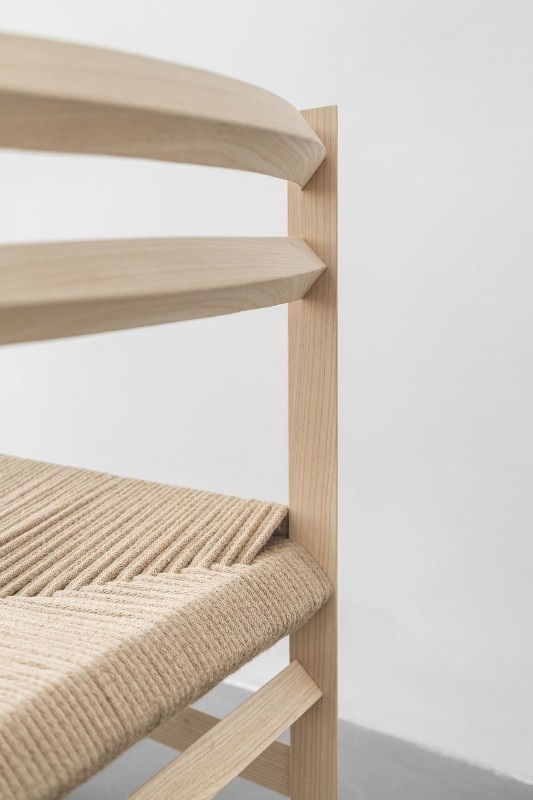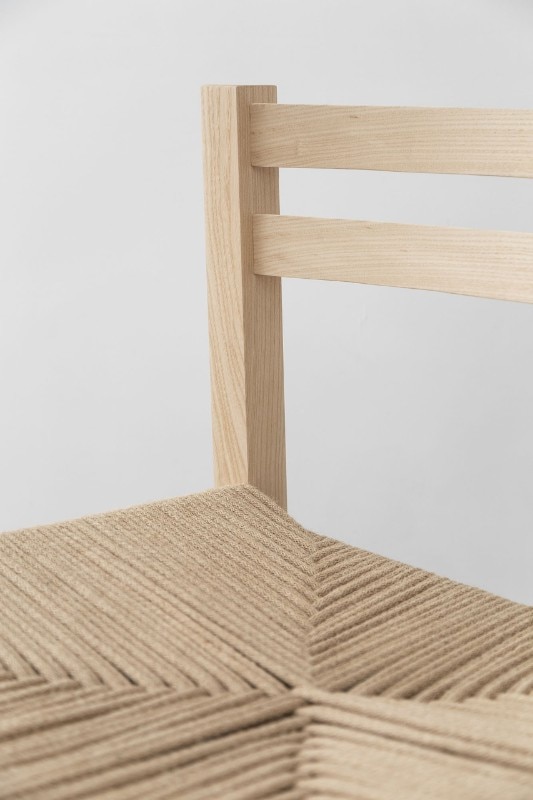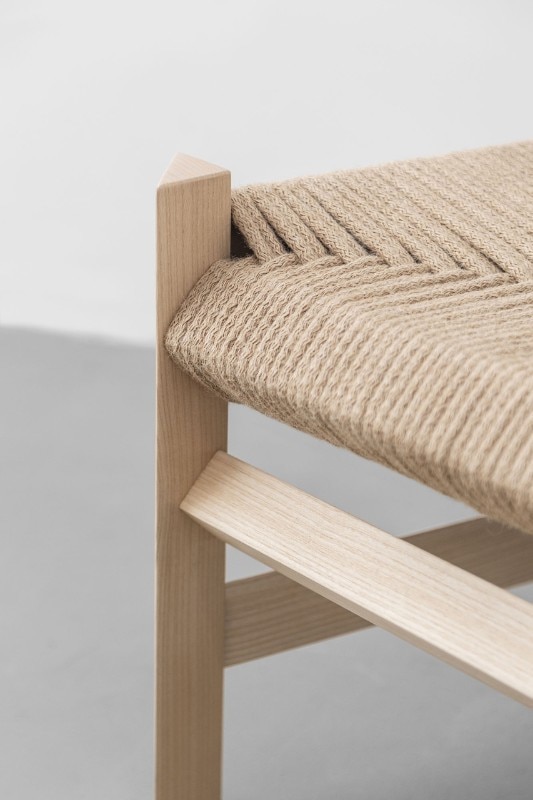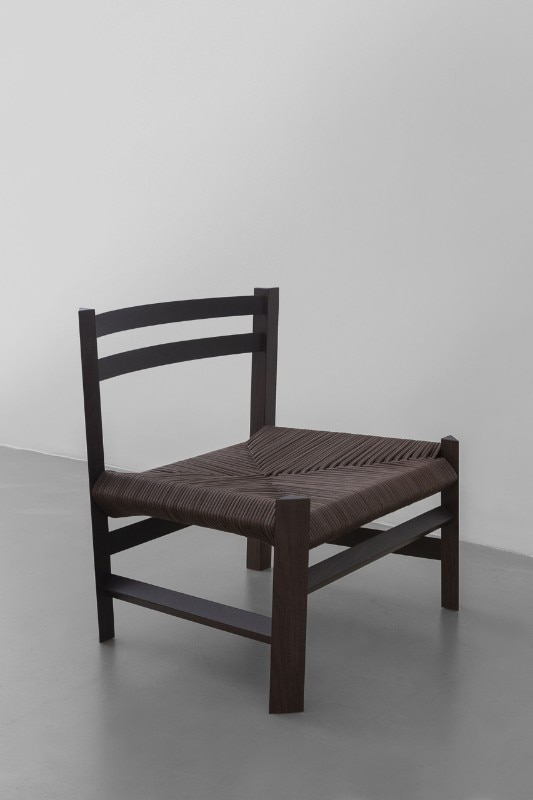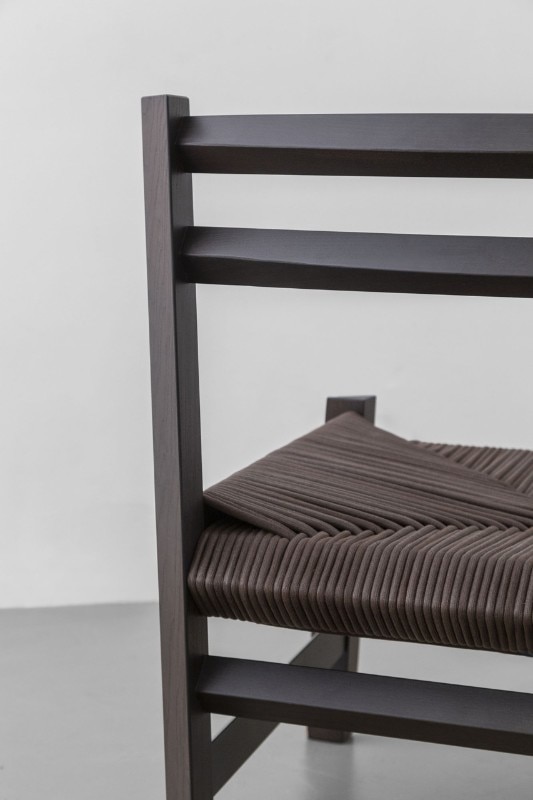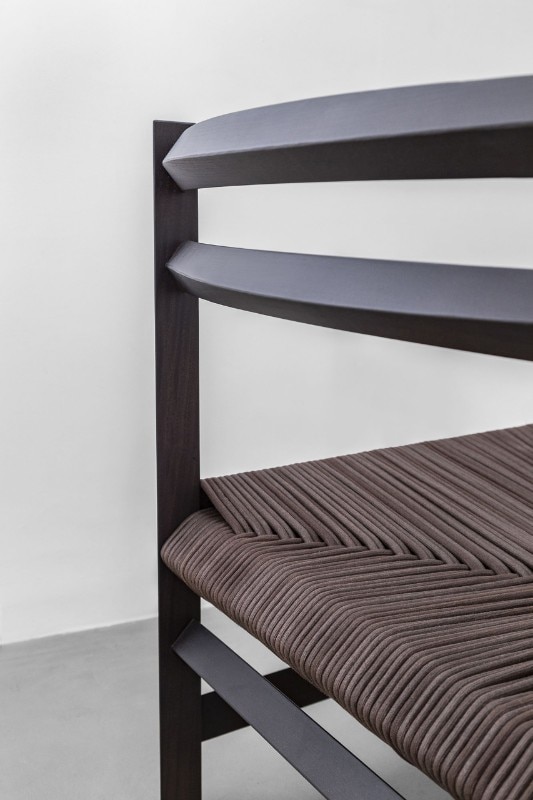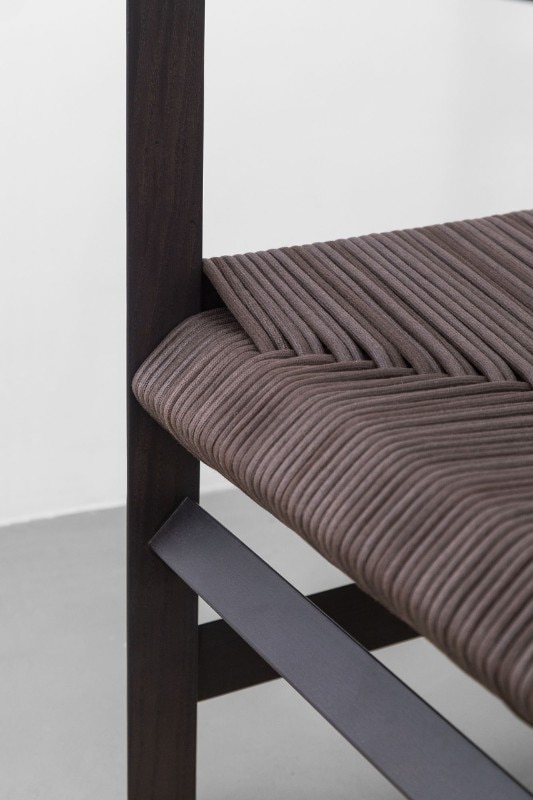In his latest project, Anonimo Contemporaneo, Francesco Faccin starts from a popular and archetypal chair, the Romanella, whose origin is lost in the mists of time. And he tries to consider it a formal model, a typology to be reinvented in a contemporary key. Is it possible to revisit the same idea countless times without repeating itself? Or improve a perfect object, which has evolved over time adapting to different places and cultures? His response translates into an experimental and sophisticated collection, where each variant embodies the potential of a different material – two types of wood, cast aluminum, carbon fibre with aluminum mould – and enhances its specific qualities. This brings us back to the essence of the chair, iconic and anonymous at the same time. Not with a nostalgic reflection, however, but rather with the praise of “an apparently unchangeable solid object because it is already perfect.” “A bit like a musician who takes a theme and works on its variations until something completely new comes out.”
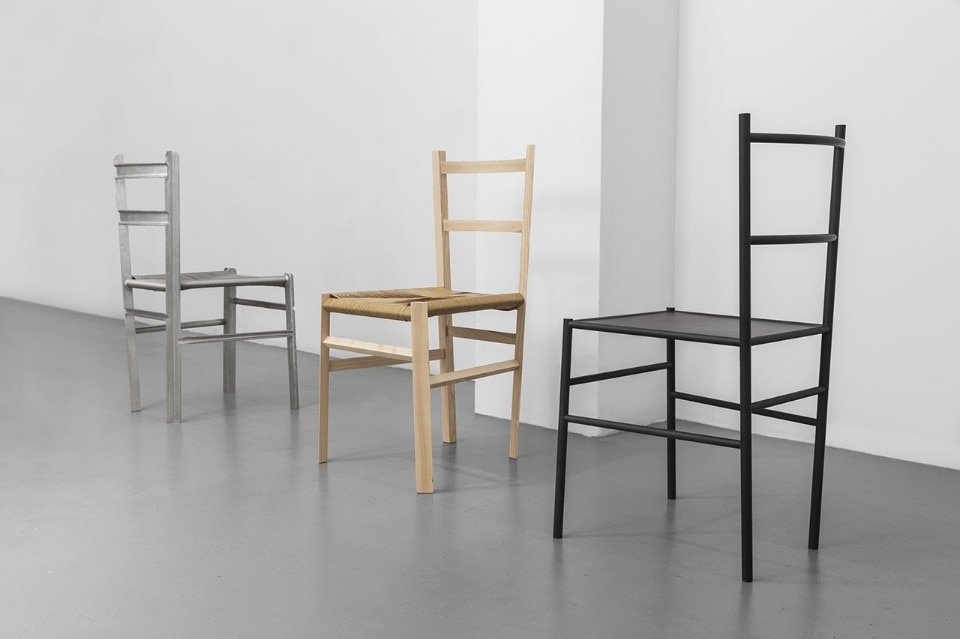
The story, which began in 2013 at the American Academy in Rome, while he was a guest on a research grant, deserves to be told because it is the perfect example of what happens when a designer adds the time of research (in this case almost two years long) to that of the project; when he meets an educated client (Galleria Giustini / Stagetti); and when he works with a network of passionate artisans ready to go beyond the limits imposed by routine. The initial brief was to design a contemporary chair that would welcome the suggestion of the Roman territory. Faccin came across the last chair shop in Rome, in Via dei Sediari [which today has definitively closed, ed.], and here he discovered the history of the Romanella, a Roman variant of the classic trattoria chair, an anonymous “masterpiece” of Italian popular tradition, present in almost all Mediterranean countries. “I was interested in working on an anonymous object that is disappearing,” explains the designer. “And I wanted to try to make the effort to get out of the way as a designer”.
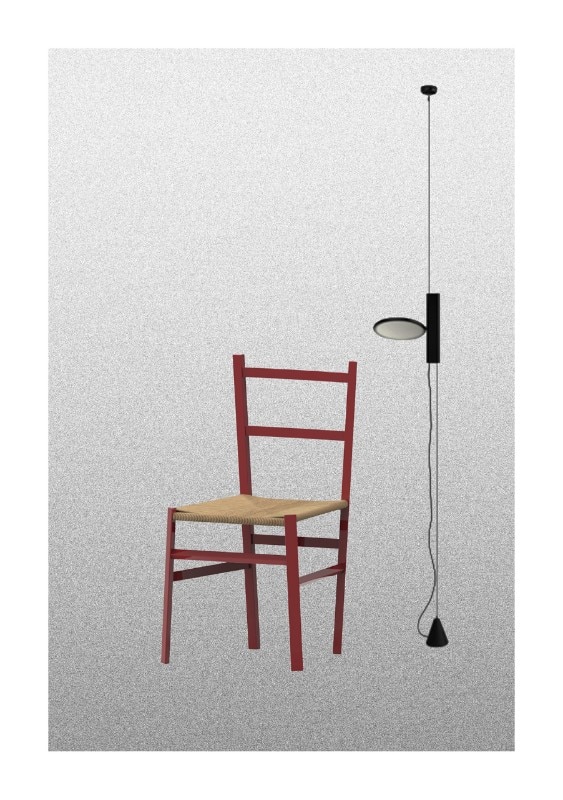
The result is 12 chairs, with different materials, weaves and finishes. “And it’s just the imprinting of a project in evolution, destined to grow,” continues the designer who has worked with a network of artisans spread throughout Italy, including a craftsman in Veneto for the wooden chair, a lacquerer in Brianza, a carbon craftsman in Mestre and a braiding machine near Milan. If the original chair is woven in straw, in the new versions there are the leather one and the steel one of the aluminum chair which is designed for outdoor use.
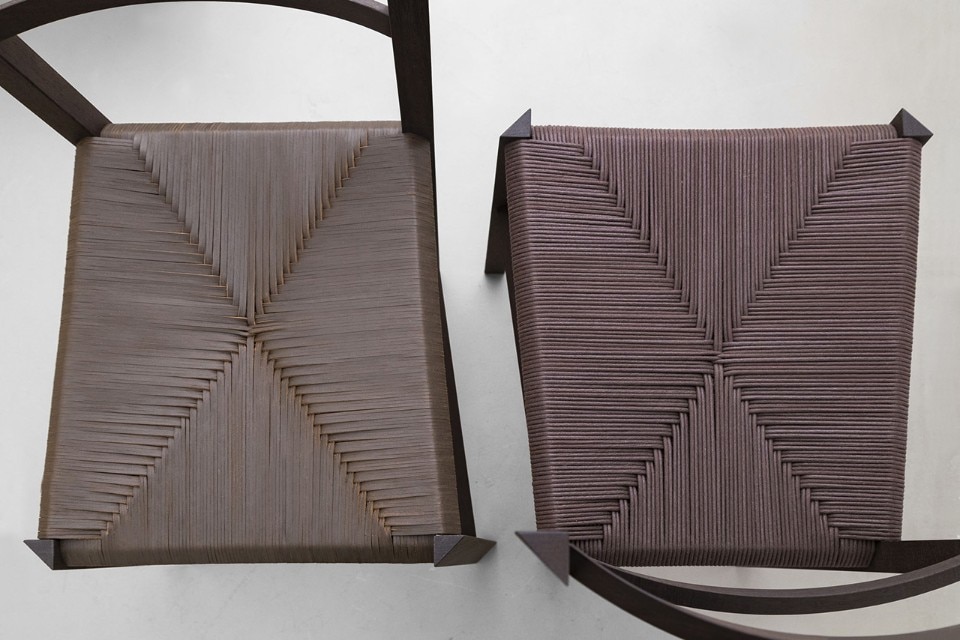
“How can you talk about Italian craftsmanship without the rhetoric of handmade? What interests me most is the figure of the new craftsman, the heir to the centuries-old history of Italian craftsmanship,” continues Faccin. So, what is the identikit of the new craftsman? “It’s the Italian craftsman who is able to leave his own area of expertise with passion and a spirit of adaptation. He loves the challenge for culture because Italy has always been a place of great competition played on the quality and uniqueness of the product. He manages to combine project culture and passion. As the best craftsmen of the past have always done, the new craftsman takes up the challenge of the designer and brings a new point of view, going beyond traditional boundaries. Compared to the past, however, there has been a leap in generation and vision: new technologies are used to experiment with processes, drawing on global information and an international community from New Zealand to the United States”. The final objective remains the same: “To create quality objects that are destined to last, which have an intrinsic value in the way they are designed and made”.
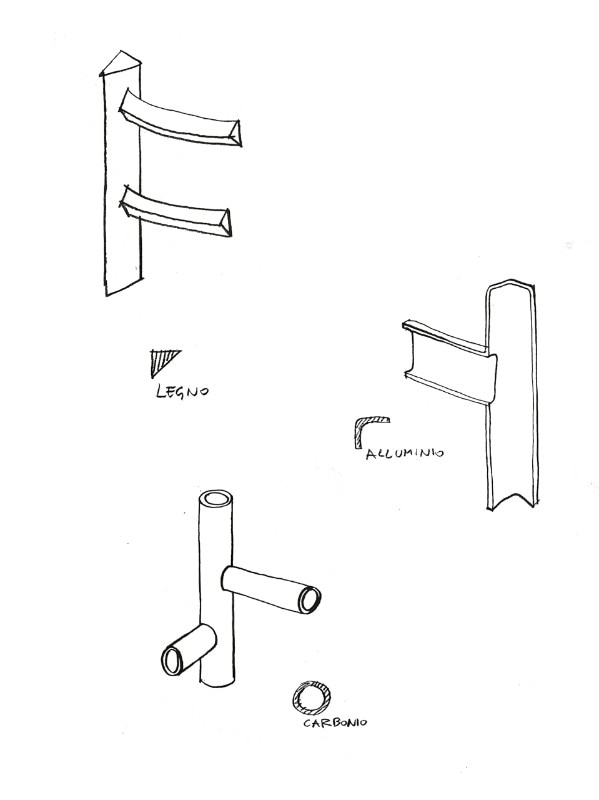
And the role of the furniture designer? “It depends on the interlocutor, in the case of a gallery like Giustini / Stagetti, it is the designer who brings a research from time to time. Perhaps the role of the designer can also be to reason about how much good we have done so far and to be able, as in a relay race, to make a project interesting again, even if only in the process. In the case of a company it could be research on materials and no more excuses about the sustainability of processes. Surely the role of the designer is no longer simply to shape a product. Today galleries can become more and more a place where to produce quality objects destined to last. Sustainability is also this: to produce objects that last over time and have an intrinsic value for how they are designed and made. Quality objects and not goods to be exhibited at yet another fair. And start again from the past, from solid models that we already have before our eyes.”
Francesco Faccin’s portait by Valentina Sommariva.


